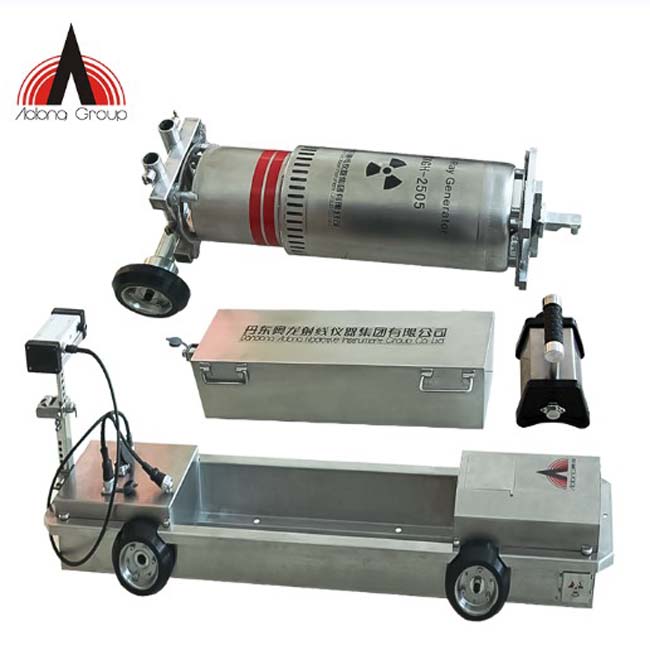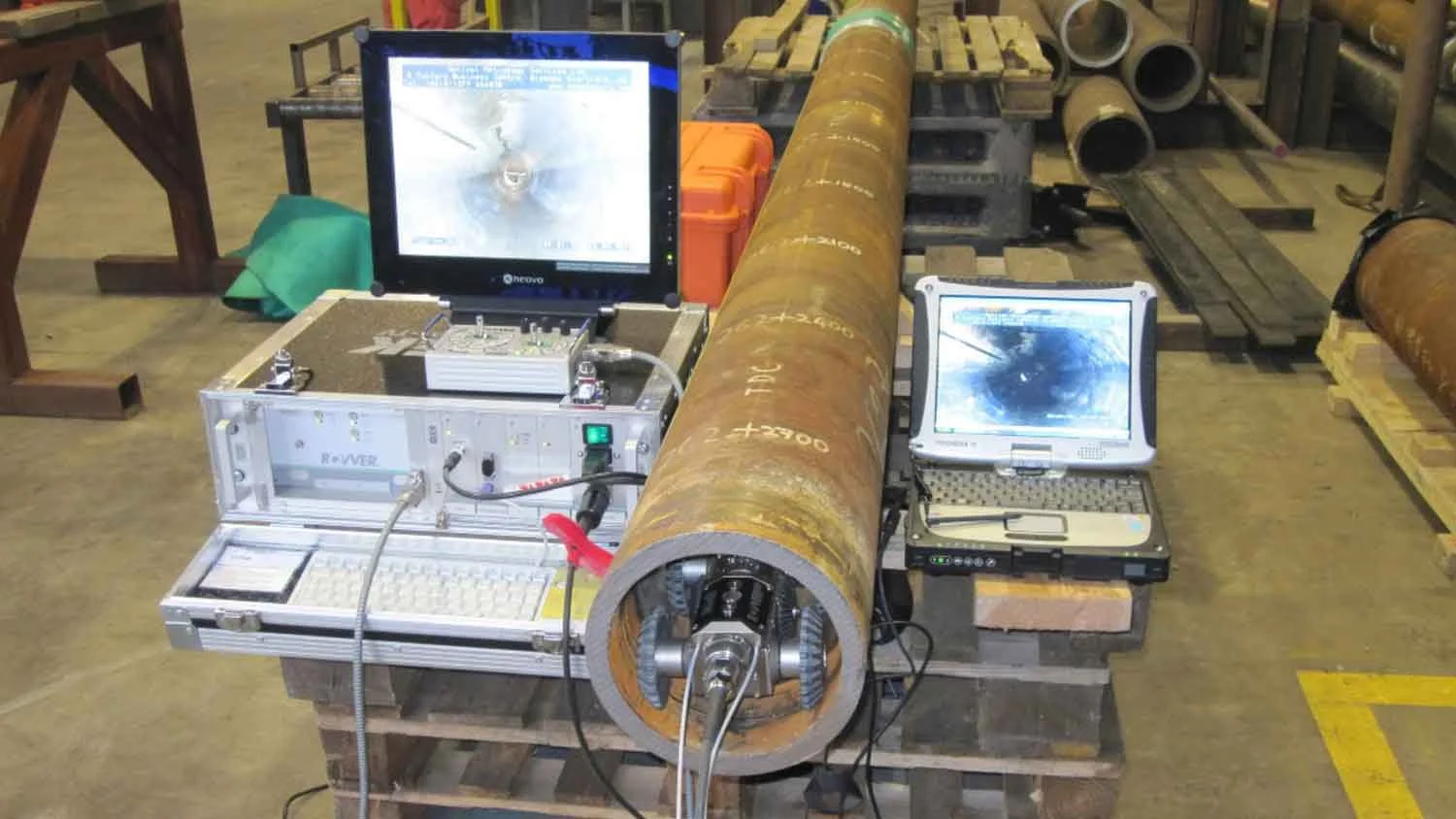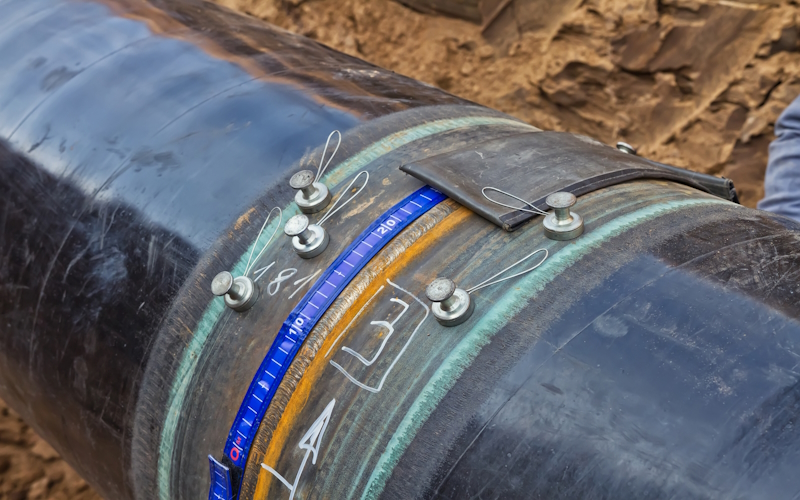Comprehensive Guide to Pipe Welding Assessment: Making Sure Integrity and Safety And Security in Pipeline Building And Construction and Maintenance
The stability and safety of pipelines are vital in today's facilities landscape, emphasizing the important function of welding inspection in pipe construction and maintenance. Pipeline Welding Inspection. The intricacies involved in welding evaluation raise essential questions concerning sector criteria and the evolving technologies that might redefine these practices.

Relevance of Welding Examination
Welding assessment plays a crucial duty in making certain the honesty and safety and security of pipeline systems. It functions as a fundamental process that confirms the top quality and dependability of bonded joints, which are usually one of the most prone points in pipe building and construction. Via methodical examination, assessors can identify possible flaws such as fractures, porosity, and incomplete combination, which may compromise the architectural stability of the pipeline.
The importance of welding assessment extends beyond mere conformity with industry requirements; it additionally safeguards public health and the environment. Thorough evaluations can boost the longevity of pipeline systems, lowering the need for costly repair work and downtime.
In addition to ensuring safety and security and compliance, welding examination promotes a society of quality assurance within companies. By prioritizing inspection throughout the welding process, business can develop a reputation for reliability and excellence, ultimately causing raised customer confidence and company possibilities (Pipeline Welding Inspection). Therefore, the relevance of welding inspection can not be overstated in the context of pipeline building and maintenance
Secret Welding Procedures
Numerous welding procedures are utilized in pipeline building, each with its own advantages and applications. Among the most extensively used methods are Shielded Metal Arc Welding (SMAW), Gas Tungsten Arc Welding (GTAW), and Gas Steel Arc Welding (GMAW) SMAW is favored for its flexibility and capability to carry out well in various environmental problems, making it appropriate for field applications.
GTAW, typically referred to as Tungsten Inert Gas (TIG) welding, is acknowledged for its ability to produce high-quality welds with excellent control over heat input, making it ideal for thin-walled pipes and stainless steel materials. GMAW, or Metal Inert Gas (MIG) welding, uses high deposition prices and is effective for large-scale jobs, usually employed in the fabrication of pipelines in controlled settings.
Additionally, Submerged Arc Welding (SAW) is used for its deep penetration and high efficiency, specifically in the building and construction of large-diameter pipelines. Each of these processes adds to the total honesty and safety of pipeline building and constructions, making it possible for welders to pick one of the most appropriate approach based upon material type, task demands, and environmental problems. Recognizing these vital welding processes is crucial for efficient pipeline welding inspection.
Typical Issues and Their Impact

Porosity, characterized by little gas pockets entraped within the weld, compromises the material and can bring about leaks. Cracks, which may happen because of thermal tensions or incorrect cooling, can result and propagate in architectural failure under stress. Damaging, where the base steel is deteriorated along the weld bead, minimizes the reliable cross-section of the pipe, enhancing the risk of crack.
Insufficient fusion occurs when the weld metal does not effectively bond with the base metal, causing weak areas that may fail under stress and anxiety. Slag inclusion, the entrapment of non-metallic material within the weld, can likewise deteriorate the joint's stability. Recognizing and dealing with these defects early in the building process is essential to guaranteeing the long-lasting integrity and safety and security of pipeline systems, therefore protecting both the framework and the environment.
Examination Methods and Tools

Aesthetic inspection is the initial line of defense, permitting examiners to determine surface area irregularities, imbalance, or other noticeable flaws. Ultrasonic testing uses high-frequency acoustic click to find out more waves to identify interior problems, giving precise deepness measurements and identifying defects without damaging the weld. Radiographic testing utilizes X-rays or gamma rays to create pictures of the weld, allowing the recognition of interior gaps, fractures, or incorporations.
Magnetic particle testing is specifically efficient for detecting surface and near-surface discontinuities in ferromagnetic products. This method involves applying a magnetic area and great iron particles to the weld, exposing defects with the buildup of particles at problem websites.
Along with these methods, specialized devices such as automated ultrasonic screening equipment and digital radiography systems enhance examination accuracy and effectiveness, making certain a complete analysis of pipeline welds during building and upkeep.
Ideal Practices for Conformity
Sticking to best practices for compliance in pipe welding examination is crucial for guaranteeing the integrity and safety and security of the framework. Organizations must establish an extensive quality management system that straightens with industry criteria such as ASME, API, and AWS. This includes developing in-depth welding treatments that define the credentials, methods, and materials required for welders.
Regular training and certification of inspection personnel are go to my site vital to keep high expertise degrees. Examiners ought to know with numerous non-destructive testing (NDT) methods, including ultrasonic screening, radiographic screening, and visual inspection, to properly determine prospective problems.
Documentation plays an essential function in conformity; maintaining exact records of examinations, weld treatments, and personnel credentials helps to ensure traceability and liability. Scheduled audits and testimonials of welding methods should be performed to determine areas for enhancement and ensure adherence to developed protocols.

Conclusion
In verdict, the application of strenuous welding examination procedures is paramount for making sure the integrity and security of pipe building and construction and maintenance. Continual improvement in assessment procedures will contribute to the long life and reliability of pipe systems, emphasizing the crucial duty of welding assessment in the industry.
The integrity and security of pipes are paramount in today's infrastructure landscape, highlighting the critical role of welding assessment in pipe construction and maintenance. Understanding these crucial welding procedures is essential for effective pipeline welding evaluation.
Sticking to best techniques for conformity in pipeline welding evaluation is crucial for making certain the honesty and safety of the infrastructure.In final thought, the execution of strenuous welding examination methods is paramount for making sure the honesty and security of pipeline construction and upkeep. Continual enhancement in inspection processes will contribute to the longevity and integrity of pipeline systems, highlighting the critical role of welding examination in the industry.